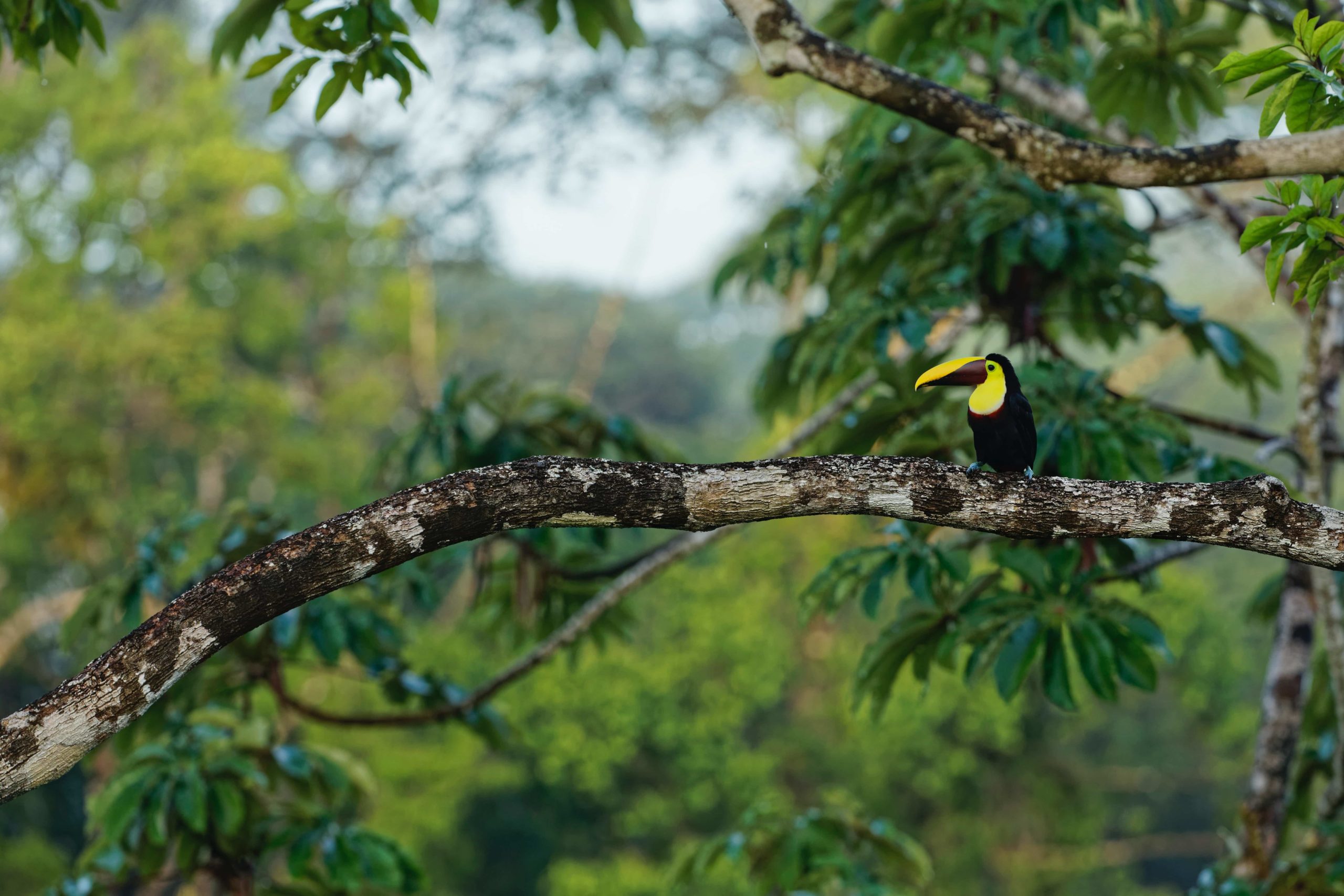
Blog
Volcano Arenal
Costa Rica is home to more than 120 volcanoes, and some of them are truly must-see attractions. The Arenal Volcano is the most recent addition to Costa Rica’s geological history, with its first eruption occurring approximately 7,000 years ago. A mere blink of an eye on a planetary scale. On the early morning of July…
Volcano Poás
Now we take you to meet the Poás Volcano. This is one of the country’s greatest natural wonders: an active stratovolcano standing at an altitude of 2,708 meters, with the most visited national park in Costa Rica. The volcano is composed of three craters, the largest of which measures 300 meters in depth and has…
Colorful carts!
Let’s explore the typical carts, or ox carts. For this, we take you to Sarchi, near Alajuela, a small town of about 8,000 inhabitants that is considered the cradle of craftsmanship in Costa Rica! There are more than 200 craft workshops where the majority of wooden furniture and leather goods are produced, mainly including ox…
Volcano Irazú and Volcano Turrialba
The Irazú and Turrialba volcanoes form a single system and cannot be presented separately. Located 30 and 45 kilometers respectively from the city of Cartago, they are initially two distinct volcanoes. The Irazú volcano is known for its crater and lagoon, while the Turrialba volcano is renowned for its majestic shape. Although located on the…
Puerto Viejo, the Mecca of cycling.
A small village on the Caribbean coast, Puerto Viejo, nestled between jungle and beach, is the perfect place for a bike getaway. From Puerto Viejo to Manzanillo, passing through Playa Cocles and Punta Uva, you can explore the stunning Caribbean beaches by bike. This mode of transportation allows you to easily take breaks and enjoy…
Volcano Rincón de la Vieja
The Rincón de la Vieja Volcano, located in the northwestern part of the country in the Guanacaste province, is one of the most active volcanoes in Costa Rica. It stands out for its various volcanic activities: fumaroles, mud pools, hot springs, solfataras, geysers, and more. Some of these are used for geothermal energy production. The…
Volcano Tenorio
Volcano Tenorio, much like the previous volcano, Rincón de la Vieja, is located in the northwestern part of the country in the Guanacaste province. The national park was established in 1995 and covers over 18 thousand hectares. Volcano Tenorio consists of 4 cones, with 2 of them actually being twins. However, it owes its fame…
The tapir: local identity
Also known as “Danta,” the Tapir (or Tapirus bairdii) is the largest terrestrial mammal in the Neotropics: averaging around 2 meters in length, 1 meter in height, and weighing approximately 300 kg, its long trunk-like nose gives it a friendly appearance. Being able to observe this survivor from prehistoric times is a unique opportunity. Indeed,…
Bioluminescence
Did you know? Bioluminescence, a natural phenomenon, is the production and emission of light by a living organism, such as algae, through a chemical reaction. Upon contact with any movement, plankton emits a sparkling light. According to specialists, plankton emit this light to protect themselves from predators, communicate with their “peers,” and warn them of…
Pineapple, a controversial subject in Costa Rica
Pineapple, synonymous with exoticism and sweet flavors, is also at the center of a strong controversy in Costa Rica. Over the past 15 years, the country has become the world’s top pineapple exporter, mainly to the European Union (44%) and the United States (53%). In fact, Costa Rica produces 2.9 tons of pineapple per hectare….
Coffee, an essential bean for Costa Ricans
Thanks to its volcanic lands, Costa Rica is the perfect place for coffee production. The three necessary factors for coffee production are sunlight, rain, and altitude. The flowering mainly occurs between May and November, during the rainy season. Then, in early December, the harvesting begins. There are three picking periods, but by February at the…
The pejibaye
In Costa Rica, for food enthusiasts, the rainy season goes hand in hand with Pejibaye (Bactris gasipaes). This fruit from the peach palm tree is very popular among Ticos, who often enjoy it as a savory snack accompanied by mayonnaise. Many vendors offer it ready-to-eat along the roads in Costa Rica. Derived from a species…
Toucans in Costa Rica
The toucan is, alongside the quetzal, one of the most sought-after birds by travelers in Costa Rica. The toucan is frequently used as a promotional image, especially the Keel-billed Toucan, as it is the most well-known and photographed toucan species in Costa Rica. Easily recognizable by its 16 cm colorful beak and yellow neck, the…
The neighborhoods of the capital: the central market.
Heading towards the heart of San Jose for a discovery of the central market. Strolling through this labyrinth of stalls and local eateries is an experience in its own right, not to be missed under any circumstances during your visit to San Jose. Built in 1860, the “mercado central” occupies an entire city block between…
Uvita
Do you know about Uvita? Located in the province of Puntarenas, on the southern Pacific coast, this village, still untouched by mass tourism, has the appearance of a terrestrial paradise. Uvita is renowned for its surf spot, numerous waterfalls, as well as its Marino Ballena National Park and its sandbar that gives this coast the…
